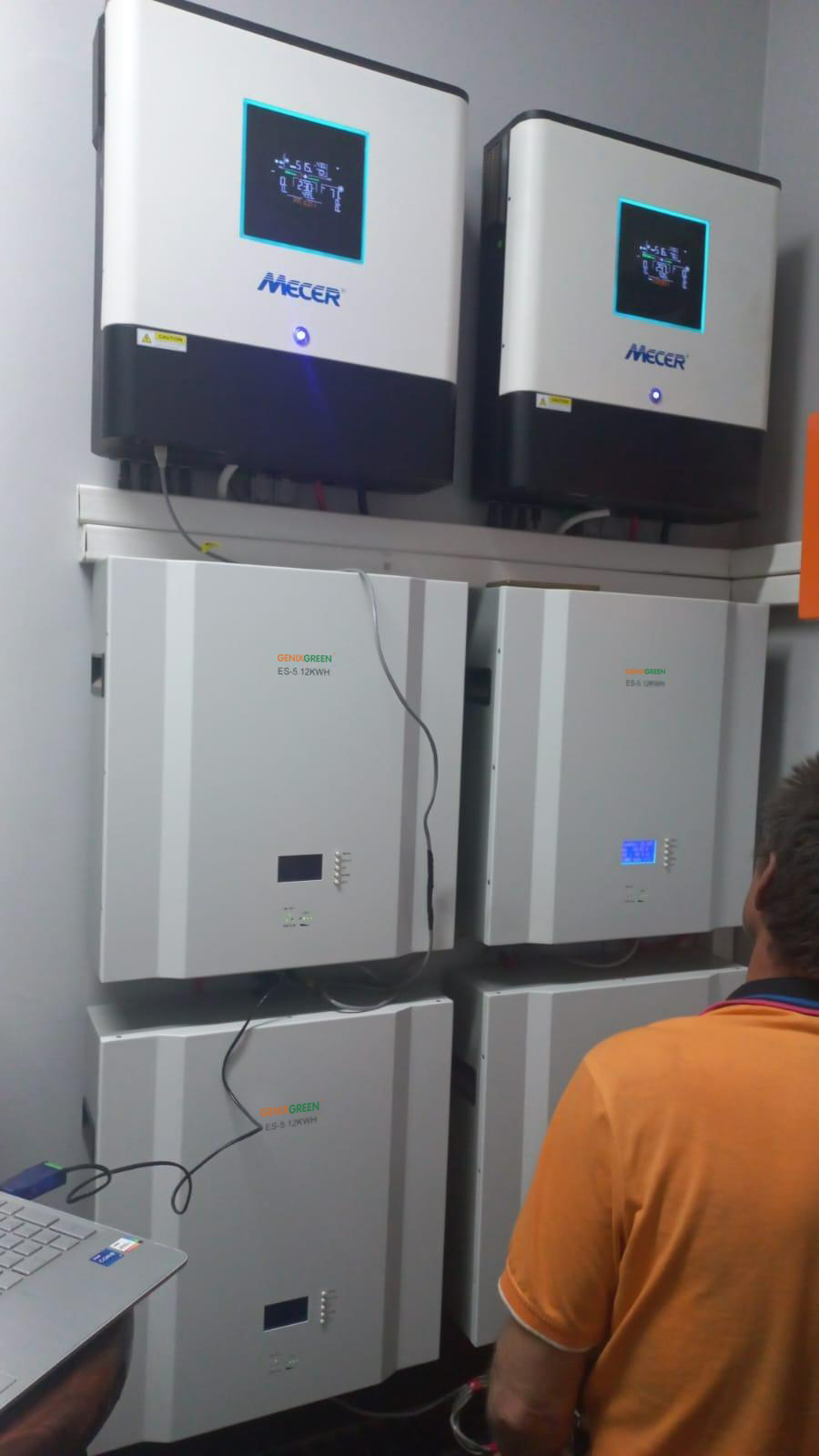Lithium-ion battery is a kind of secondary battery (rechargeable battery), which mainly relies on the movement of lithium ions between the positive and negative electrodes to work. During charging and discharging, Li+ is embedded and de-embedded back and forth between the two electrodes: when charging, Li+ is de-embedded from the positive electrode and embedded in the negative electrode through the electrolyte, and the negative electrode is in a lithium-rich state; when discharging, the opposite is true.
(1) lithium battery: lithium metal as the negative electrode.
(2) Lithium-ion battery: using non-aqueous liquid organic electrolyte.
(3) Lithium-ion polymer batteries: use a polymer to gel the liquid organic solvent, or directly use an all-solid electrolyte. Lithium-ion batteries generally use graphite-based carbon material as the negative electrode.
No pollution, no memory effect. Li-ion battery, the predecessor of Li-ion, is prone to short-circuiting due to the formation of dendrites of lithium metal, reducing its application areas: Li-ion does not contain cadmium, lead, mercury and other environmentally polluting elements; some processes (such as sintering) of Ni-Cd batteries have a major drawback of the "memory effect", which severely restricts the use of batteries. But Li-ion does not have this problem at all.
Generally can reach more than 500 times, or even more than 1000 times, lithium iron phosphate can reach 8000 times. For small current discharge appliances, the battery life, will multiply the competitiveness of the appliance.
Can achieve the actual specific energy of about 555Wh/kg, that is, the material can reach more than 150mAh/g specific capacity (3-4 times than Ni-Cd, 2-3 times than Ni-MH), is close to its theoretical value of about 88%.
Low safety, lithium-ion battery capacity will slowly decline, related to the number of uses, also related to the temperature
When overdischarged, the electrode deembeds too many lithium ions, which can lead to lattice collapse and thus shorten the life.
When overcharged, excessive embedded lithium ions are permanently fixed in the lattice and cannot be released again, which can lead to short battery life.

Misuse can reduce life and may even lead to an explosion, so basically all Li-ion batteries are designed with a variety of added protection mechanisms.
Prevent overcharge, overdischarge, overload, overheat and cause battery problems.
When the cell is short-circuited, a large amount of gas will be generated inside the battery in a short period of time and the pressure will increase rapidly. When the pressure is overloaded, the gas will escape from the vent hole because the vent hole is thinner than the rest of the shell, thus avoiding the risk of overall cell explosion.
Isolation of the positive and negative electrode pieces of the core to prevent direct contact between the positive and negative electrode pieces inside the core to cause a short circuit.
